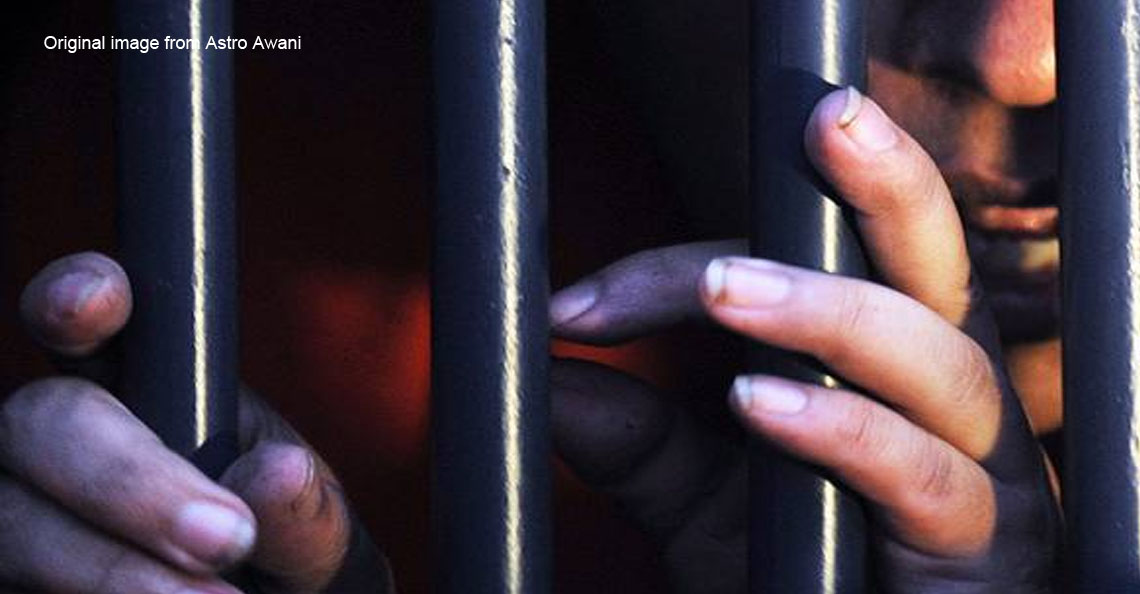6 Malaysians in ‘essential services’ share how it’s like to work during the MCO
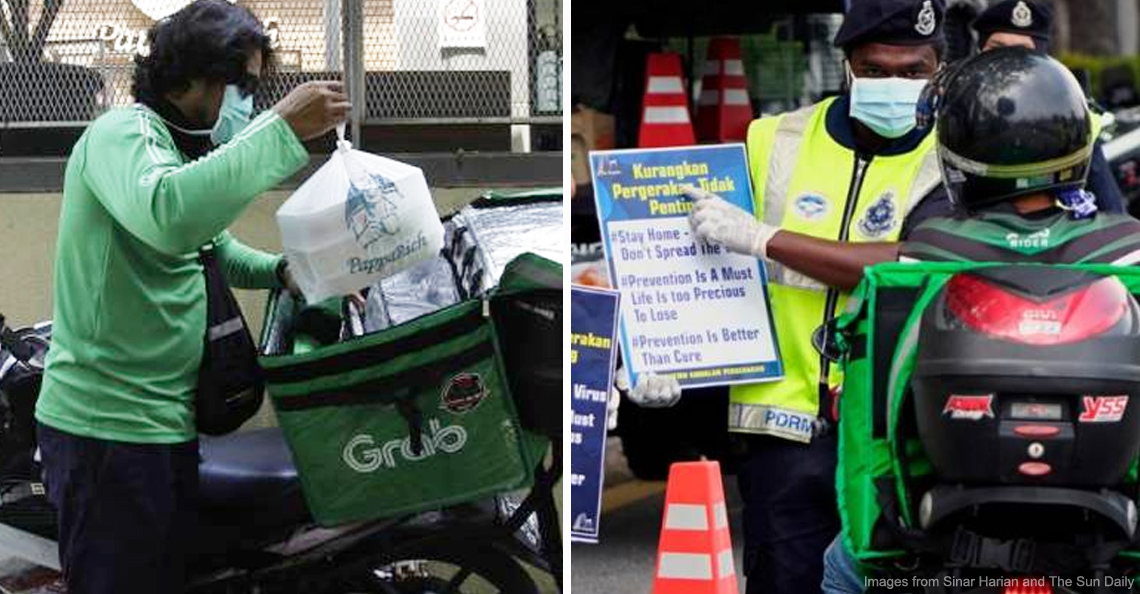
- 710Shares
- Facebook672
- Twitter9
- LinkedIn7
- Email8
- WhatsApp14
So it has been a week since the Movement Control Order (MCO) was first announced by the Prime Minister, Tan Sri Muhyiddin. And just recently, Muhyiddin has announced that the MCO would be extended to 14th April 2020.
While most of us have been at home either perfecting our skills of making Dalgona coffee, drawing fruits, scrolling thru tonnes and tonnes of cat photos or posting Tik Tok videos, among many other things, there are some of us who still has to go out there to work.
No, we’re not talking about those who are breaking MCO (some 5% of notty Malaysians to be exact). We’re talking about those who are working under the essential services. Just in case y’all forgot who these people are, under the Prevention and Control of Infectious Diseases (Measures Within the Infected Local Areas) Regulations 2020, there is a superlong list of which occupation and industry is considered essential services.
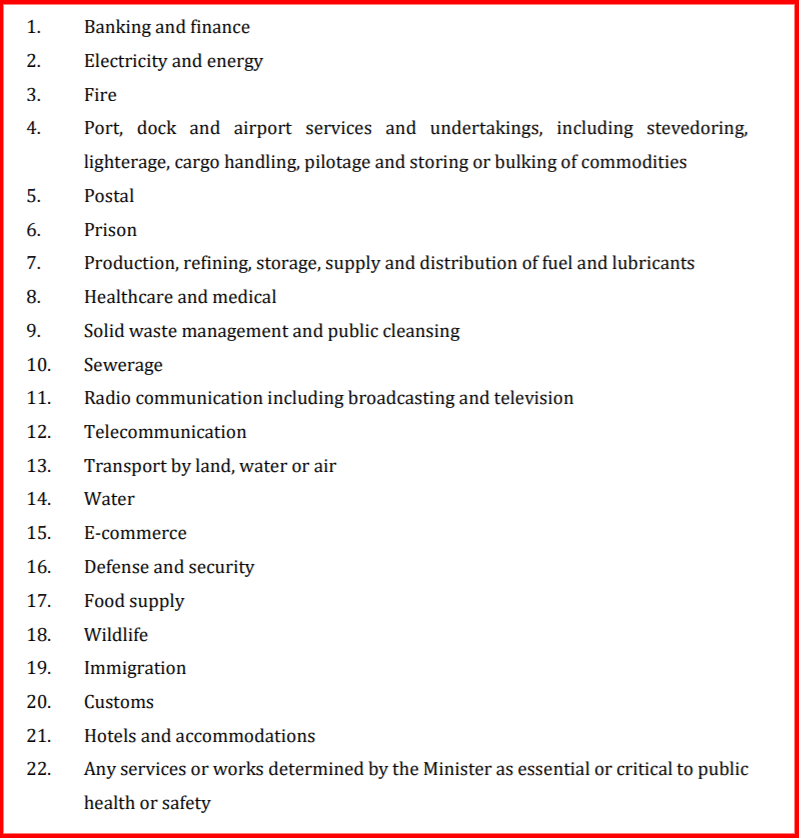
We managed to get in touch with them on the first week of the MCO to find out how different it is to be working during this period compared to a regular day. Some of the people we’ve gotten in touch were…
- Sabrina, from the banking industry
- Jon*, from the banking industry
- Kadir*, supervisor at a petrol station
- Abang rider*, food delivery guy
- Nazril*, police officer from the Crime Department
- Aisyah*, from the healthcare industry
*Not real names as some of our interviewees prefer to remain anonymous.
**Also note that their replies only reflect the first few days of MCO.
So, what’s it like out there? Well, for one…
1. Roads and highways are CLEAR! 😀
Imagine this, you’re driving to KL and you’re expecting to be stuck in the usual traffic jam that can add an extra 41 minutes to your usual travel time to work. But instead of that, you’re greeted with this…
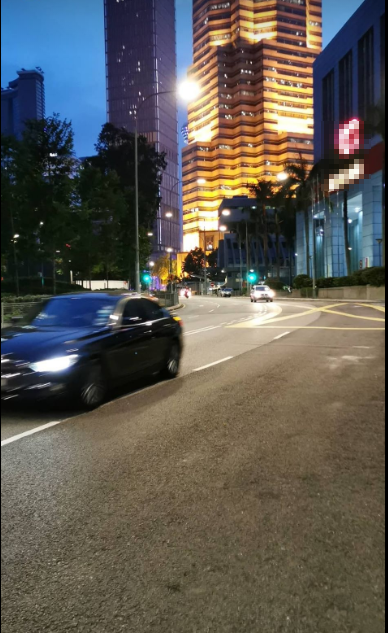
So, as it turns out, one of the most common things we were told was how the road were superclear but not to the extent that there’s no cars at all la. It took our interviewees roughly 15 minutes to 40 minutes to their workplace, depending on where they stay.
“Usually it would take me at least 45 minutes in the morning and 1 hour in the noon if I drive during peak hour. Well, I got back home from KLCC to my house (in Cheras) within 15 minutes today and I left at 7.” – Jon to CILISOS.
“Roads are clearer, but still a significant amount of cars. But I can use the Federal Highway without worrying about heavy traffic!” – Aisyah, who travels from Shah Alam to Kajang to work.
And apparently, this is also happening in most (if not all) states as well. Just check these pictures out:
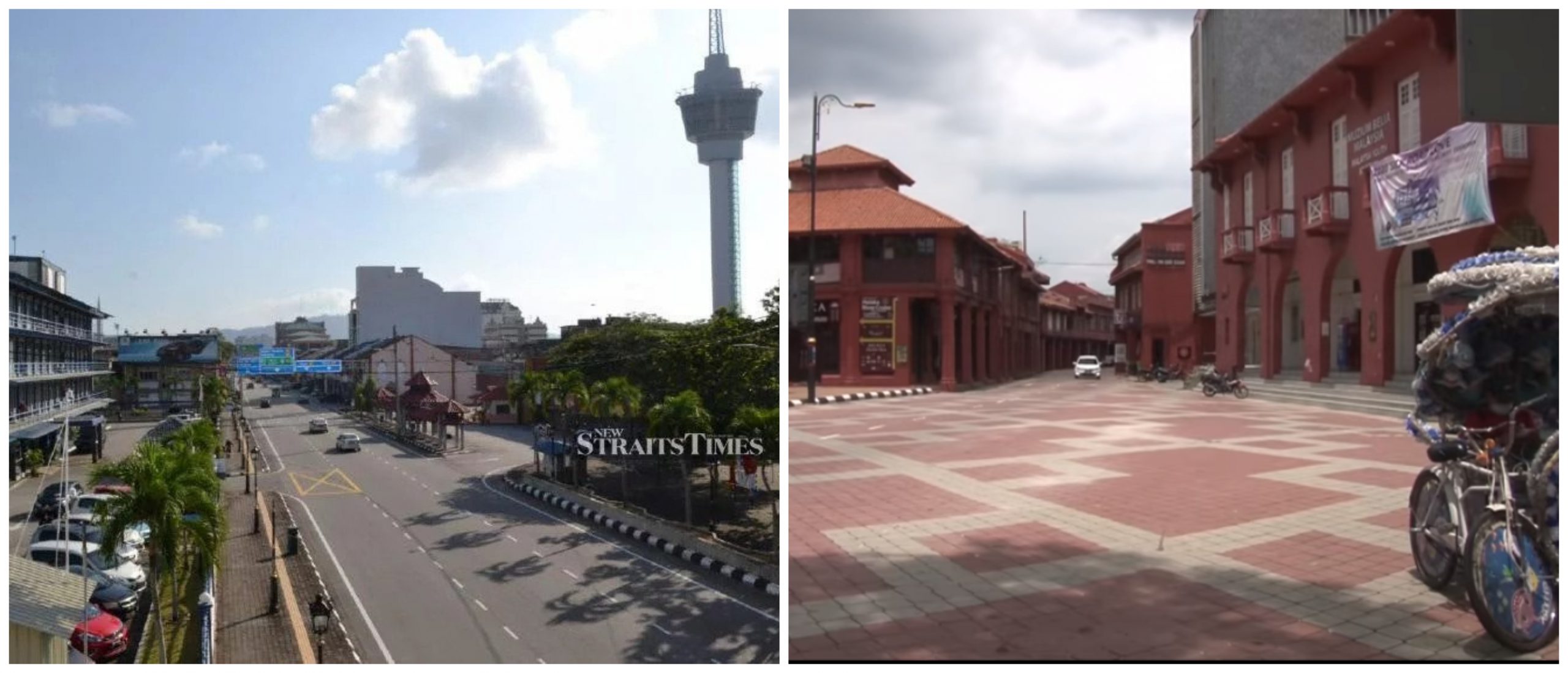
Although there are less cars on the road, the govt has deployed policemen and armies to ensure the rakyat would only go out if it’s truly necessary. So besides an empty road, you’d probably see roadblocks (there are 1,029 roadblocks) as well but none of our interviewees have been stopped by the police so far.
But even if they were to kena tahan by the police, the companies that Sabrina and Aisyah work at provide them with letters as evidence that they’re working under essential services.
And the roads aren’t the only thing that are empty. Aisyah also told us that, one day, she had taken the MRT to work. And if you often take the MRT or LRT to work, you’d know how packed it could be. However, Aisyah told us that the MRT coaches were pretty empty as well.
“If it’s a 4 seater, maximum 2 people will sit, if it’s a 2 seater, one or none will sit.” – Aisyah.
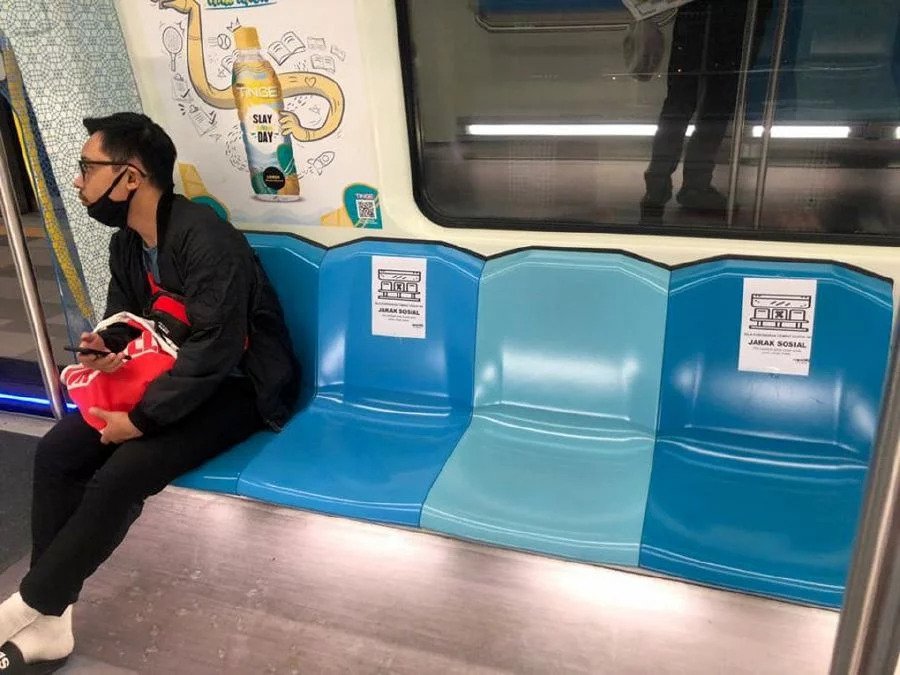
2. Most companies split their employees into two groups to reduce contact
When we talk about the people who are working under essential services, we can’t help out but to point out how they’re also exposed to the risk of being infected with Covid-19. And it’s worrying considering the number of cases we already have in Malaysia. As of the time of writing, there are 1,796 cases with 19 reported deaths.
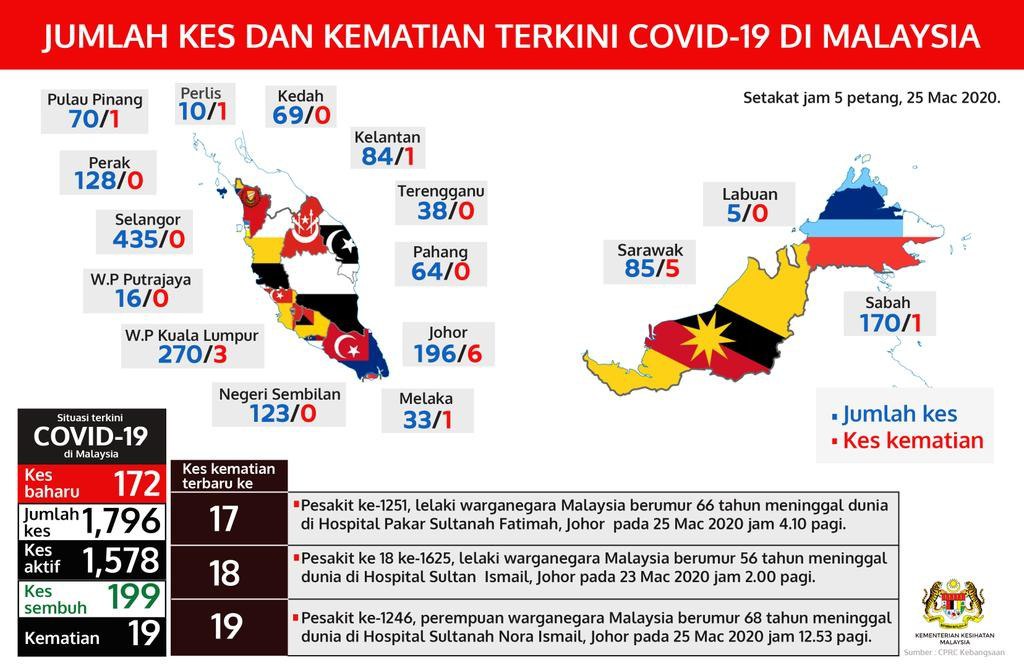
Having said that, the companies our interviewees work for have been taking several measures such as taking the temperature of each worker before allowing them into the office besides handing out face masks and hand sanitisers. For police officers, Nazril told us that the PDRM has a special department that takes care of the welfare of police.
“Every day, a team from the Welfare Department of PDRM would come and monitor us. If anyone has fever, the team would immediately get the officer checked.” – Nazril to us. Translated from BM.
Besides all these measures, a couple of measures taken by Jon and Sabrina’s workplaces respectively caught our attention.
“Usually in headquarters (HQ) we have around 150 employees but the company has since split the team into two.” – Sabrina to CILISOS.
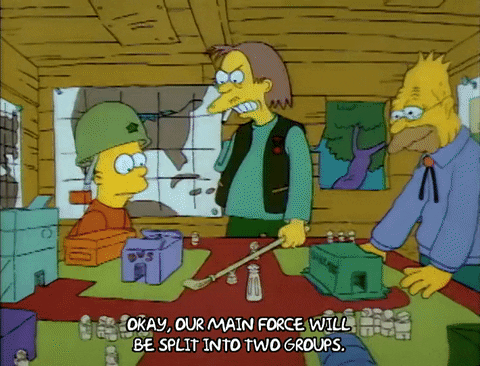
She added that one team would be working at the HQ in KL while the other group would be working at another branch in Klang. Each team would be working at their assigned offices until the Human Capital Department (read: HR) told them otherwise.
As for Jon, the company he works in doesn’t allow its employees to even move around in the office building! He told us that a mail boy would deliver any paperworks from one department to another.
Kadir, on the other hand, told us that because workers at petrol stations are already working in shifts, they’re advised to work for only 9 hours compared to their usual 12 hours. However, as the supervisor of the petrol station, he would have to work full day.
And as for Aisyah, she told us that the healthcare centre she works at had stopped all visitors, external therapies and even mailmen from coming to the centre.
Speaking of mailmen…
3. Delivery guys would only drop off your parcel or food on your doorstep
When it comes to delivering food and items, most delivery companies are opting for the contactless approach. This would mean that delivery guys would drop your items at the lobby (if you’re living in high-rise houses) or your doorstep (if you’re living in landed houses).
Just to give you an example of what contactless delivery is, while writing this story, this writer purchased some stuff online and when she was about to get her parcel from the delivery guy, he had only asked her for her particulars. The parcel, on the other hand, was placed on the wall near the gate like this…
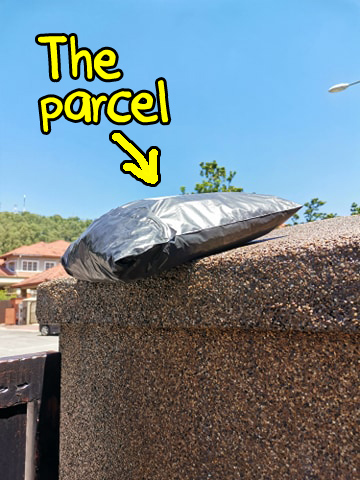
But we acknowledge that while delivery guys can leave our parcels or food like that, there are certain times when delivery guys would still have to deliver food by hand.
For instance, when this writer first ordered her food through Grab, she saw a message saying how she could arrange with the food delivery guy on where he could drop her food off. The message looked something like this…
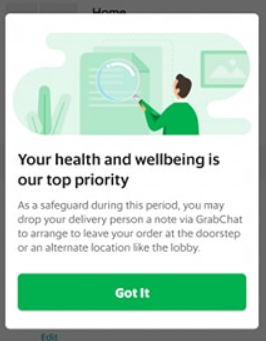
However, because there was no suitable area outside of this writer’s house for the delivery guy, Abang Rider, to deliver her food, she had no choice but to take the food from him. She was pretty much greeted with a guy who had a face mask on and was careful not to stand too close to her.
Abang Rider told us that contactless delivery is an option that can be arranged by customers.
“It really depends on customers. They can tell us if they want us to deliver their food at the lobby or leave their food at their doorstep.” – Abang Rider to us. Translated from BM.
At the time of writing, although there is research claiming that the virus could stay on different types of surfaces for at most 3 days, depending on the material la (you can check it out here), there is no evidence that it can be transmitted via food delivery packages.
But even so, as a safety precaution, Abang Rider told us that restaurant owners would check the temperature of each delivery guy, ensure that their hands are sanitised and even sanitise their BAGS every single time they wanna take food from restaurants.
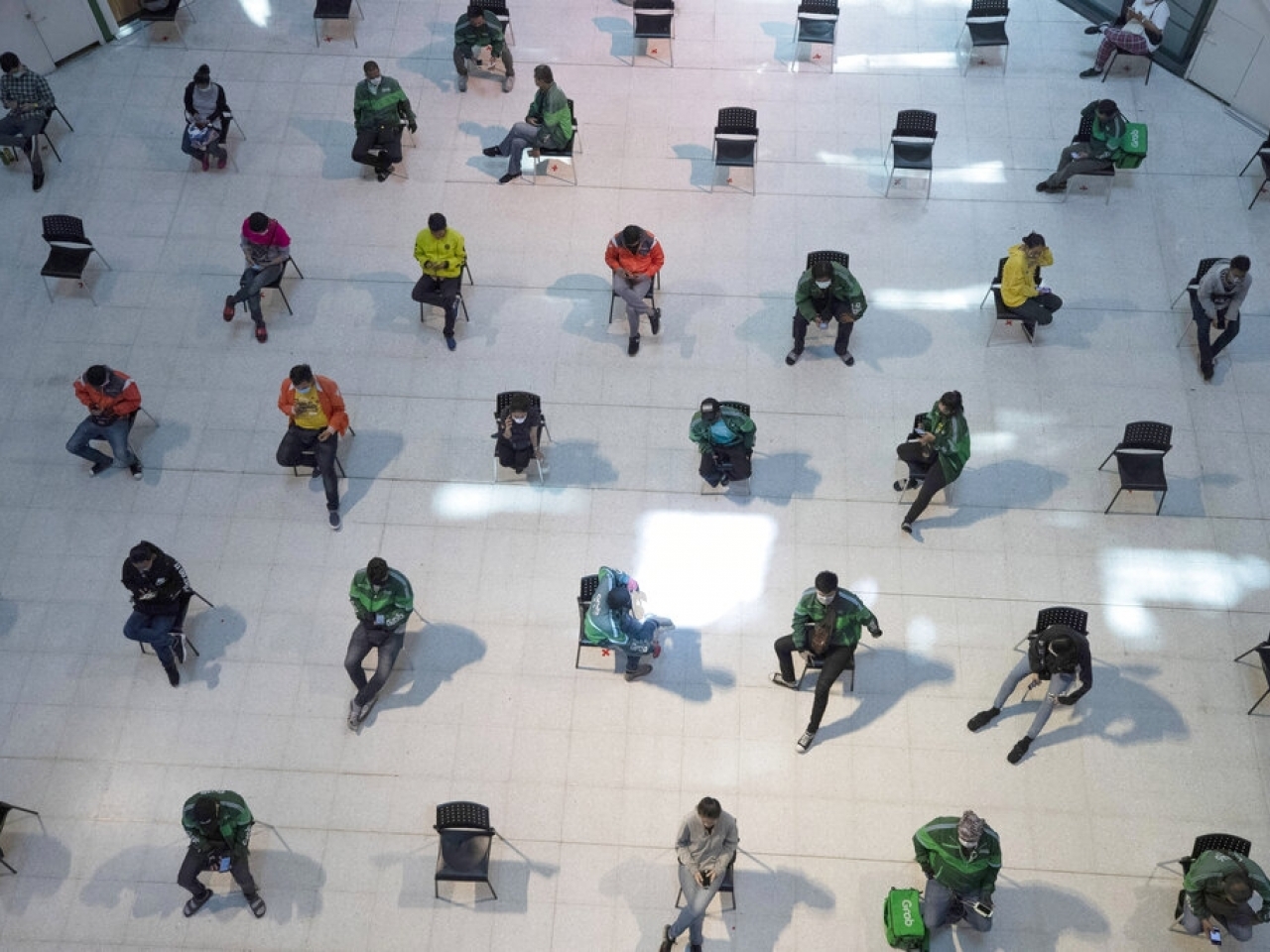
We also found out that…
4. People either tapao food from home or… order McD!
Well, that’s based on what Abang Rider told us la. As it turns out, he received more orders during MCO compared to regular days and, apparently, everyone seems to be ordering… McDonald’s.
“I think it’s more than usual. Most people order McD as of now because other restaurants might be closed.” – Abang Rider.
This may be true, according to Sabrina, who pointed out that most of the restaurants that do take-aways are closed. So the only option left for them was to either order through a food delivery app, tapao food from the office cafeteria like what Jon did or tapao food from home, which is something almost all our interviewees did la.
In addition, Abang Rider also noted how most orders he received are from those who are staying at home. While that’s a good indicator that people may actually be obeying the MCO, there has been some news that reported quite the opposite.
While we were still interviewing these people, there has been news that people still lepak at restaurants (or markets) or even simply play board games together.
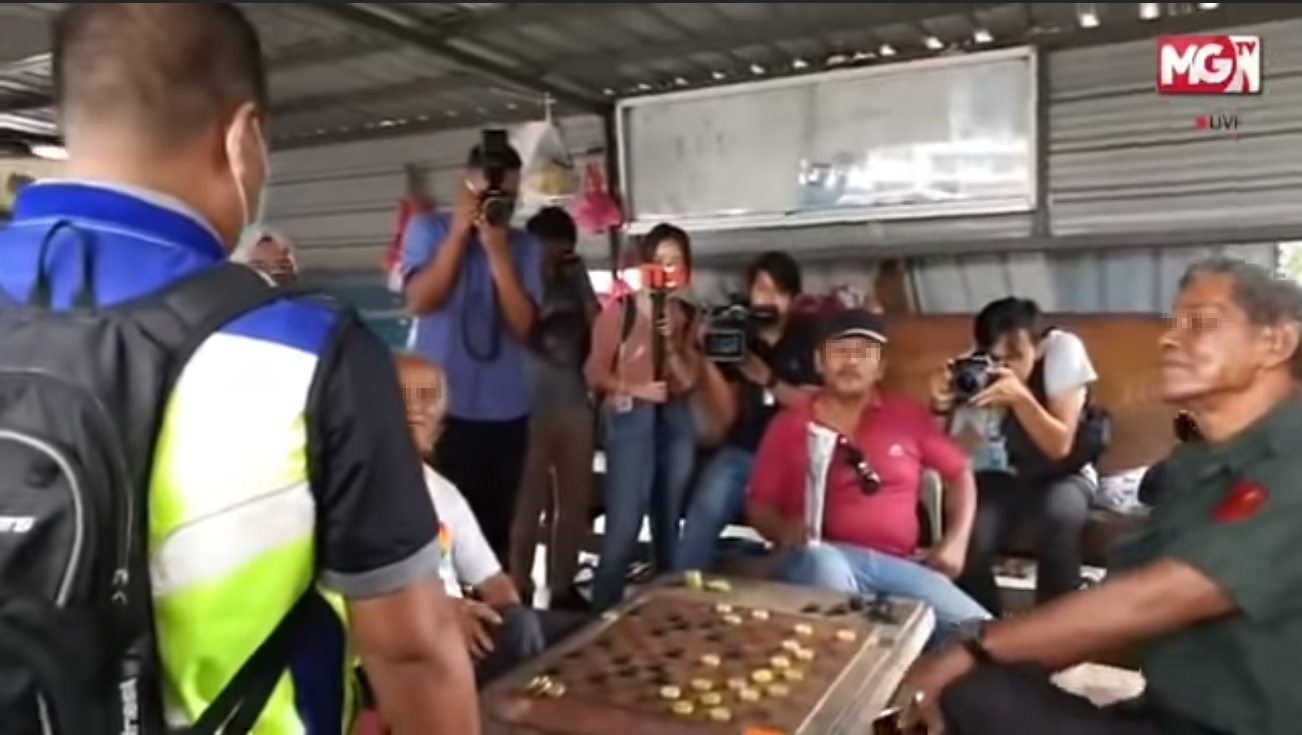
Some of our interviewees like Sabrina and Kadir saw quite a lot of people who were either doing grocery shopping or eating.
“In Putrajaya, the other day, I went back and saw a bunch of people sitting to tapao at a burger stall that’s opened by the roadside.” – Kadir.
But now that roadside stalls are ordered to close down, our interviewees don’t really see this happening anymore. However, Nazril told us that some people were still breaking the MCO in Perak.
“In Ipoh, there are still those who are not aware of MCO. Some of them still lepak at restaurants to eat. So, as law enforcers, we have to enforce the law and ask them to leave the premises.” – Nazril.
Nazril added that enforcing the MCO on top of his core work, which is handling crime cases, has increased his workload altogether. And enforcing the MCO does not only mean that their job is to remind people to stay at home but also to conduct roadblocks like the ones we mentioned earlier.
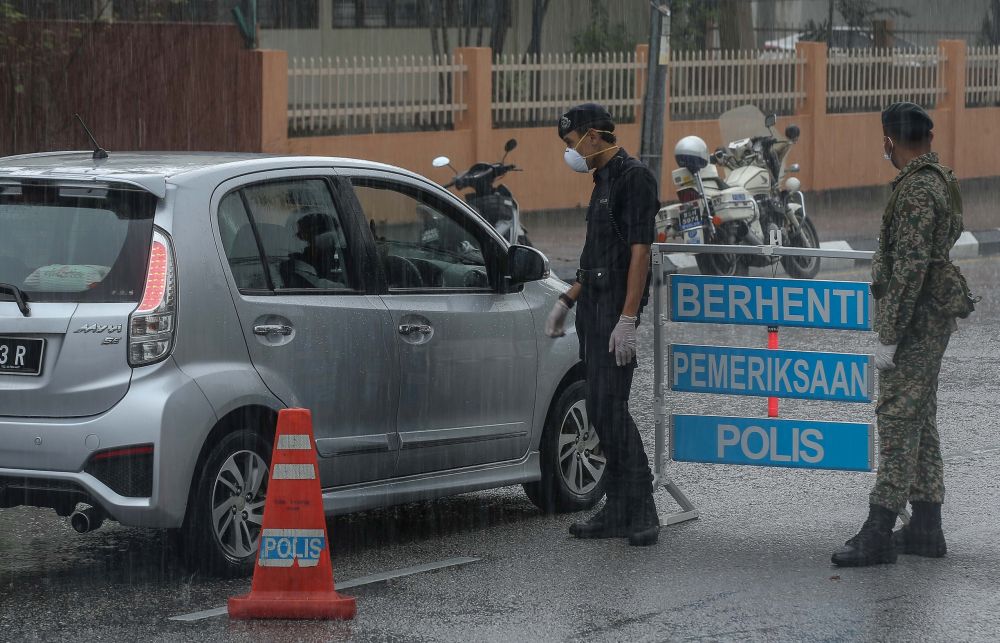
Not only that, Nazril added that he was supposed to go on a leave on the first day of MCO but it was later revoked.
“For one, my leave has been revoked. Coincidentally, the first day of MCO is the first day that I had applied for leave. And this is the first leave I’ve applied in two years.” – Nazril.
Despite the observations our interviewees made on the first week of MCO…
Malaysians seem to be doing better in the second week of MCO
At the time of writing, it is reported that 95% of Malaysians have been complying to the MCO. That is a good improvement considering how only 60% of Malaysians obeyed the order on the first few days of MCO before the govt deployed the army.
However, there are still some people who are a bit stubborn la and Nazril pointed this out too.
“Some people are so stubborn. When we say don’t, they still do it.” – Nazril.
For those who are stubborn, Muhyiddin said that stern actions would be taken against them. So far, according to the Inspector-General of Police, Tan Sri Abdul Hamid Bador, 110 people have been arrested in the past seven days for disobeying the MCO.
But if you guys still need a reason to stay at home and practice social distancing, well, that’s because it’s a method to reduce the spread of Covid-19. You can watch this video to understand this better:
And if you still need a betterrrrr reason to stay at home after watching that video, well, allow us leave this picture here la ok.
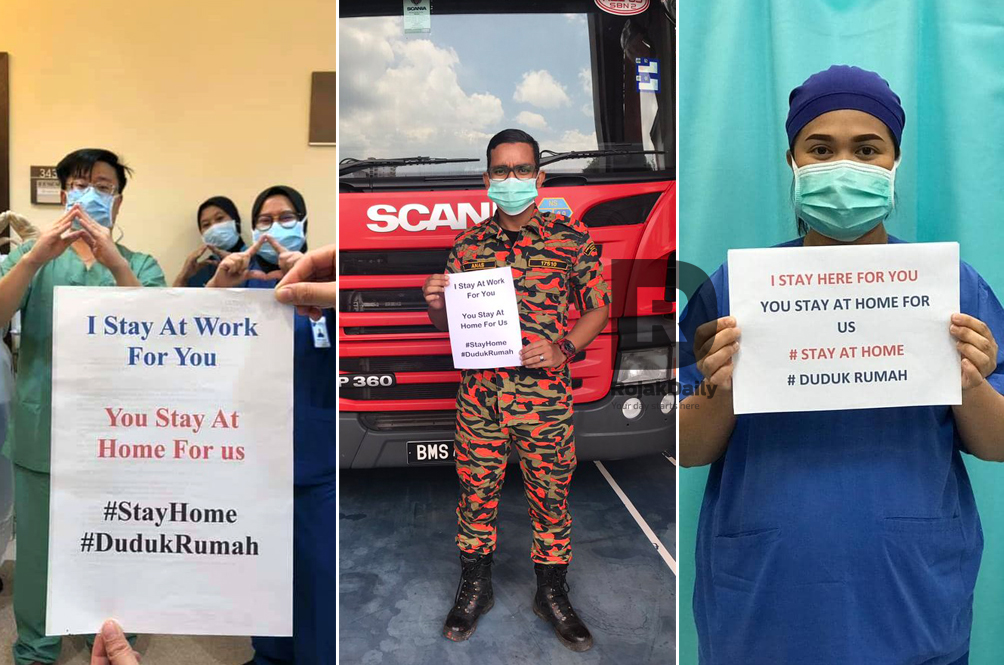
- 710Shares
- Facebook672
- Twitter9
- LinkedIn7
- Email8
- WhatsApp14

